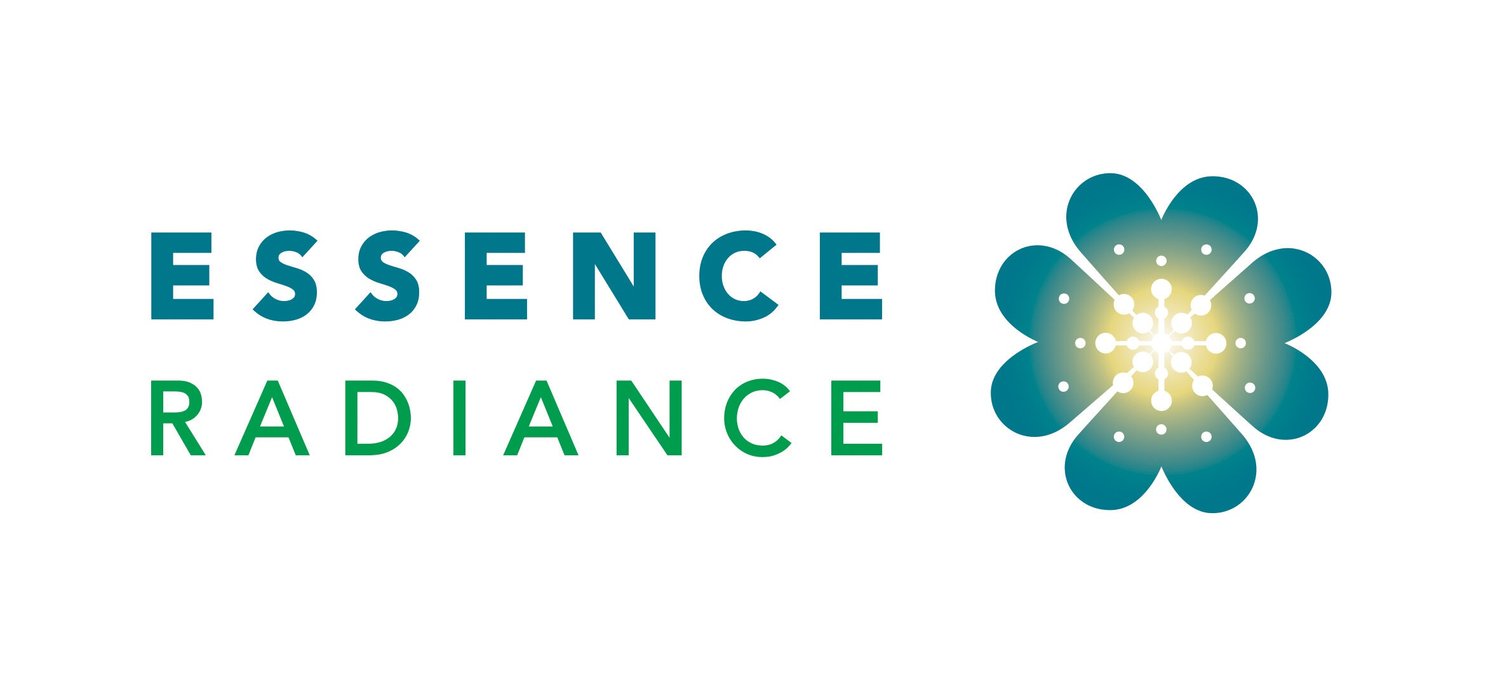In the last edition we looked at Jill Bolte-Taylor’s experience of “stepping to the right of our left brains” in order to relinquish left-brain dominance and tap into the wellbeing, joy and inner peace to be experienced by right-brain thinking. You’ll also recall however, that practically every cognitive behaviour we exhibit involves the activity of both hemispheres. The left and the right hemispheres actually complement each other. Mental balance occurs when we use both sides of our brain simultaneously, for example, harnessing the benefits of the Right Brain’s creativity in generating ideas and the Left Brain’s logical analysis of their feasibility.
Mental balance is also called ‘hemispheric integration’ and it affects all aspects of wellbeing, from physical coordination and academic or mental performance to emotional and behavioural stability. Left-brain dominance naturally results from doing too much left-brain activity, but this is not the only problem. Hemispheric or brain integration is also affected by stress. The left and right hemispheres are joined by millions of fibres called the corpus callosum. Information is constantly passing back and forth from the hemispheres via these fibres and when we become stressed this information becomes ‘scrambled’. Our hemispheres stop speaking to each other, in
Kinesiology we call this ‘switching’. Switchingoccurs because our nervous system is similar to the electrical system in a building. The building, like our body, has a power or energy supply which hasbuilt-in circuit-breakers designed to prevent the system from overloading. When the system gets to the point of overload, when it might be damaged, thecircuit-breaker cuts in and reduces, or switches off the power. Our bodiesalso have built in circuit-breakers which cut in and reduce energy and the energy supply to a stressed area, thus immobilising or inactivating thatpart. When an area in the brain or nervous system is overloaded or stressed, the switch ‘turns off’ and the brain ceases to process information properly.
Giventhat most of us operate day to day with some degree of stress, it’s fair to say that our brains may not be totally switched on and performing at optimumlevels – and if we’re really stressed it may have switched off!
To switch on our brains it would make sense to avoid stress, yet this may not be possible all of the time. But there are ways in which we can help our brains to better cope with stress and avoid switching off.
Keeping your brain switched on can be done with:
Nutrition – eating brain foods and avoiding brain poisons
Hydration – drinking plenty of filtered water (water is the conductor for brain circuitry)
Exercise – gets oxygen to the brain
Sleep – ensuring the brain has adequate recovery time
Meditation – ‘exercise’ for the brain, more information here: http://www.sciencedaily.com/releases/2011/07/110714091940.htm
There are also some simple Kinesiology techniques that you can use at any time to switch on your brain, calm down an over-worked brain and get the left and right hemispheres talking again.
Cross-Crawl
Simply ‘march’ on the spot while alternately touching each hand to the opposite knee (left hand to right knee, right hand to left knee). Continue doing this and pay attention to your breathing, ensuring they are complete, relaxed breaths. You may wish to focus your eyes up to the right and imagine an ‘X’. After 10 or so complete breaths stop and relax. Then begin marching again, except this time touch the hand to the knee on the same side (right hand to right knee, left hand to left knee). Notice how this might feel a little awkward. Continue focusing on your breath, taking your time and focusing your eyes down to the left. Keep marching this way until it feels natural and you feel completely relaxed. Then stop and rest. Now return to marching with opposite hand to opposite knee, focusing on relaxed breathing and circle your eyes around.
Brain Buttons
Rest one hand on your navel. With the thumb and fingers of the other hand, feel for the two hollow areas under the collarbone about one inch from the centre of the chest, where the collarbone meets the sternum. Rub these areas vigorously for about a minute.
Sources:
Switch on Your Brain, A.Parker & M.Stewart
A Revolutionary Way of Thinking, Charles Krebs
Brain Gym for Business, Gail E. Dennison, Paul E. Dennison, Jerry V. Teplitz
